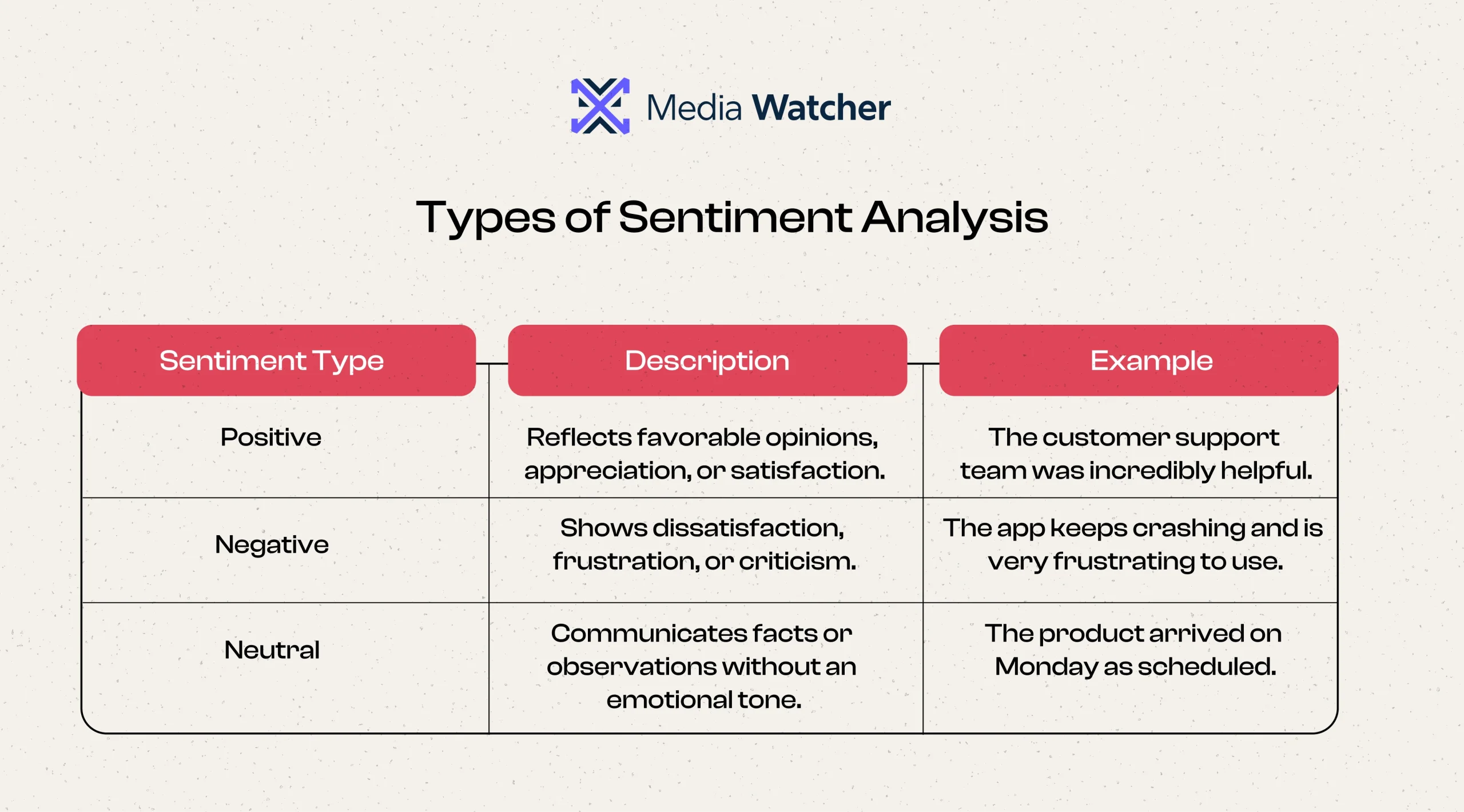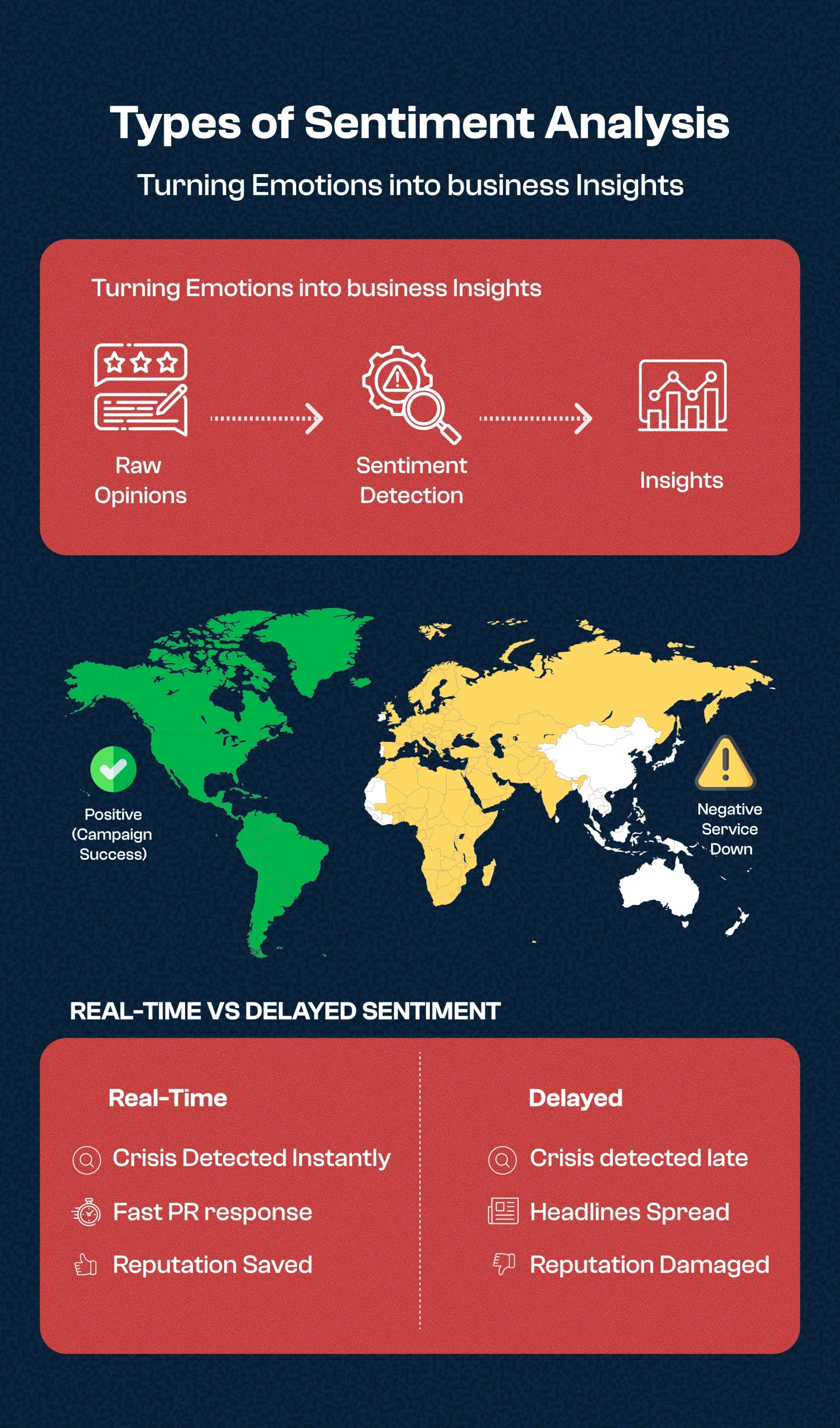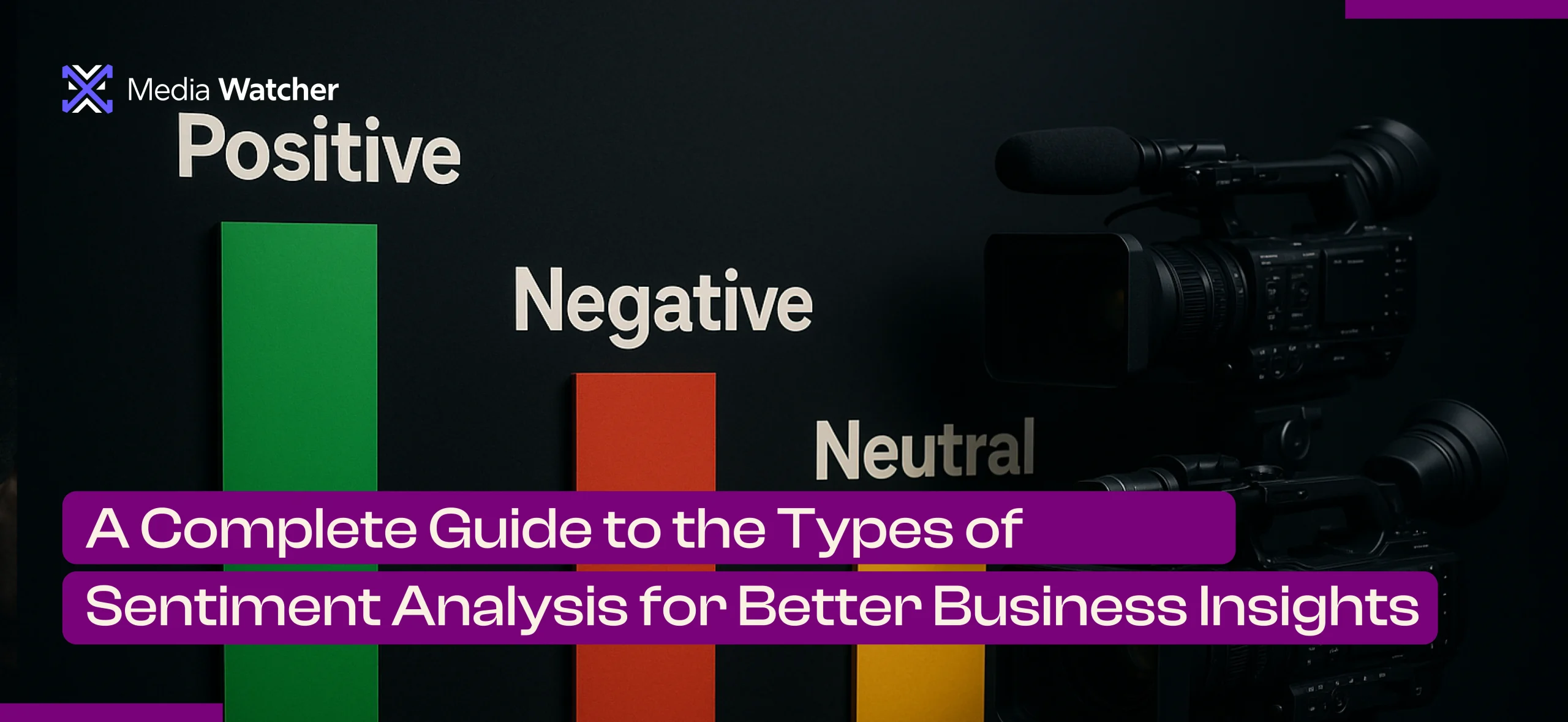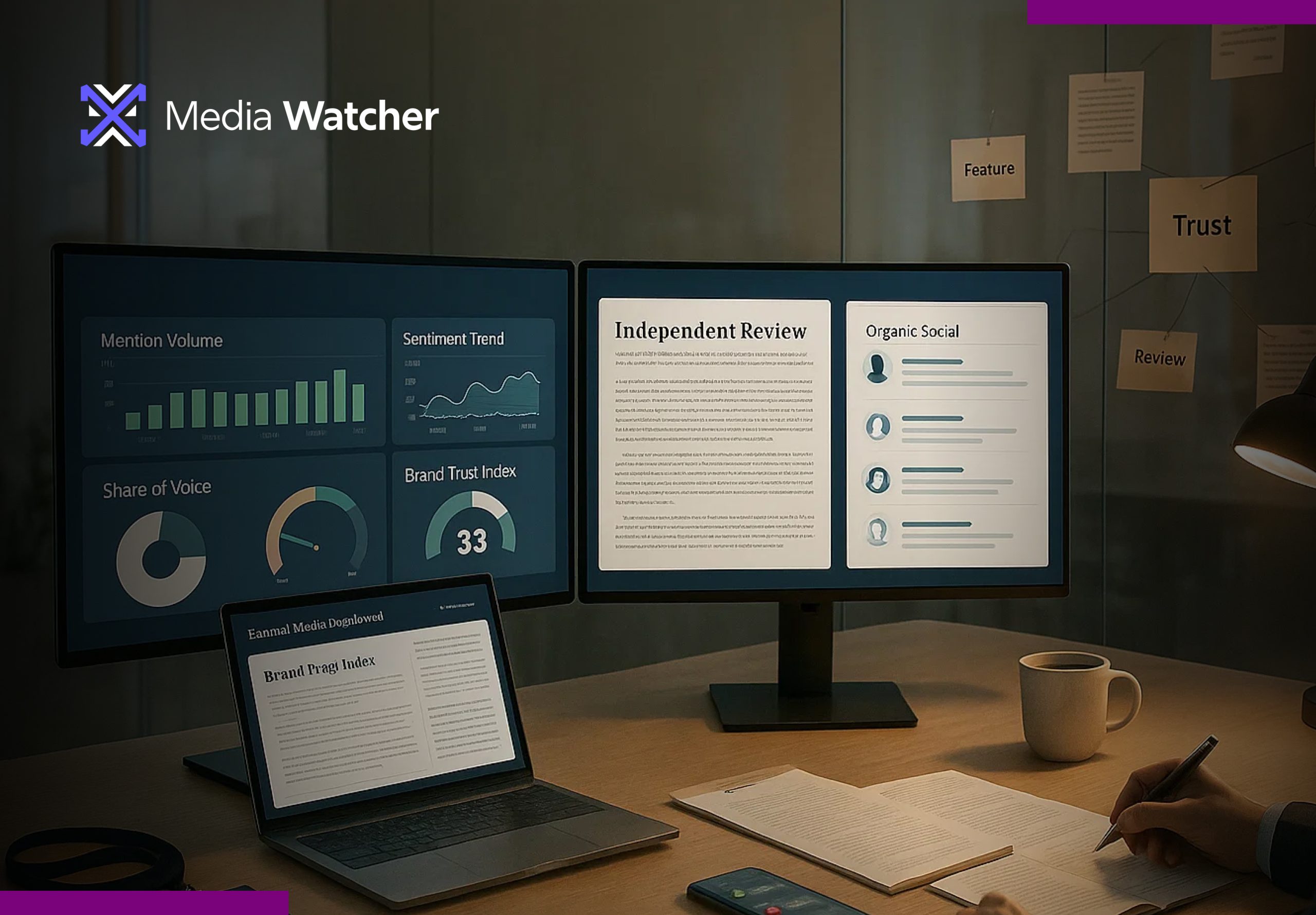Every opinion leaves a footprint. Whether it is a glowing review of a cafe’s delicious latte or a frustrated tweet regarding the delay in deliveries, the online world is saturated with emotions that are influencing how brands are perceived. When it comes to businesses, such fleeting bits of the general opinion are not mere idle chatter but rather a treasure trove and an opportunity waiting to be discovered. Understanding the types of sentiment analysis is akin to having multiple lenses through which to see these feelings; some focus on the tone, others on the intent, and some even on the underlying cultural connotation. The right approach can turn random comments into a roadmap on how to act, change, and survive in a marketplace that is ever mindful.
What are the Three Major Types of Sentiment Analysis?
Here is a breakdown of the three primary sentiment categories, which are positive sentiment analysis, negative sentiment analysis, and neutral sentiment analysis, along with their key traits and examples.

What are the Main Sentiment Analysis Methods?
The various methods of sentiment detection are fundamental to interpreting customer input, social media monitoring, or news reporting. The approaches to sentiment analysis also come with their own advantages, disadvantages, and optimal applications. Therefore, choosing the right one ensures you capture the true tone, whether it’s praise, criticism, or a neutral statement.
Rule-Based Approach
This approach operates on a set list of pre-determined lexicons of words with a given positive, negative, or neutral tone, and marks their sentiment scores respectively. It is simple and fast to execute, which can be a good initialization point with less data. But since it lacks a sense of context, it may fail to comprehend sarcasm, idioms, or deep-seated emotions.
Machine Learning-Based Approach
Algorithms under this approach are trained on huge amounts of data to find sentiment patterns automatically. The more examples they process, the more accurate they become at recognizing emotional tone even in complicated situations. It is therefore suited to the evolving industries, high-velocity markets, or excessive data flow.
Hybrid Approach
The hybrid approach has the advantage of being an intermediate between the applicability of rule-based algorithms and the flexibility of machine learning. It is quite effective in multilingual data or industries where the sentiments are expressed in a unique way, like healthcare or finance.
Positive sentiment analysis, negative sentiment analysis, and neutral sentiment analysis are very sensitive to the method employed. The choice of data size, differentiating languages, and the level of desired precision should be dictated by such factors as the intention to run highly accurate and reliable brand sentiment analysis.
Suggested Read: Strengthen Brand Reputation With Customer Sentiment Analysis
How do Different Industries Use Sentiment Analysis?
The following industries utilize sentiment analysis tools to get maximum ROI:
Media and Broadcasting
Follow the process of news reporting and the response of the target audience to popular news or conflicting news on a real-time basis.
Media entity-level sentiment analysis enables the editors and the producers to gauge the emotional feedback of coverage, smooth out reporting angles, and the media monitoring lifecycle of the major events cutting across channels.
Politics and Governmental Relations
Political analysts and strategists can track how public sentiment shifts around policies, campaigns, leaders, and global events, helping them identify growing support, rising opposition, or subtle changes in voter perception.
It helps political analysts and strategists to identify the mood swings, control narratives, and be proactive based on active changes in the mood.
Public Relations and Communications
Spot reputational crises arising early, quantify campaign effectiveness, and steer narrative control efforts.
Based on analysis of tone and trending topics, teams achieve the ability to control perception even in real time, reducing the risks and providing timely responses prior to the escalation of the issue or controversy.
Finance and Investment
It shows the investors’ sentiments, how the markets react to news, and what the financial news is to predict volatility or any changes in economic confidence.
Sentiment signals are used by traders, analysts, and economic advisors in order to predict a level of public trust or worry, particularly in the neighborhood of regulatory measures, earnings reports, or world events.
Consumer Brands Marketing
Be aware of customer reactions, track the mood of the brand in the course of launching a new product or a campaign, and optimize the communication strategy.
Through brand sentiment analysis, it will be able to see the emotive cues in consumer discourse, gaps in perception, and the ability to communicate with consumer expectations that are changing.
Technology Platforms
Assess the reaction of the users to updates, privacy regulations, or breakdowns throughout the social media and technology ecology.
Sentiment data can tell a tech team how digital users respond to a pending change, positive (a new feature) or negative (downtime), so that they can prioritize their responses.
Advocacy Groups or NGOs
Measure public support or resistance around social causes, policy shifts, or humanitarian narratives. Sentiment patterns can advise advocacy leaders on how to construct their outreach in such a way that it will resonate with their targets, and how they can deal with skepticism through clarity.

Make Smarter Business Decisions with Media Watcher’s Sentiment Analysis Services
Media Watcher converts raw opinions into effective business intelligence. By using superior brand sentiment analysis services and industry-specific sentiment analysis services, businesses are able to realize the emotional temperature of their fans and enhance their standing in the market. Whether it is to identify user growth opportunities, guard brand reputation, or to first identify a sentiment shift that matters, the Media Watcher platform helps you to never miss a beat:
Real-Time Brand Sentiment Tracking: Monitor customer feelings about your brand across social, news, and forums in real time, enabling a quick and informed reaction to fluctuating perceptions.
Industry-Specific Insights: Access to sentiment data that is customized to your industry, be it media, finance, politics, consumer brands, or technology, to make strategic decisions that would resonate with your target audience.
Data-Driven Campaign Optimization: Use precise emotional feedback data to optimize marketing messages, product launches, and communication strategies.
Competitor Sentiment Benchmarking: Monitor and evaluate the sentiment of competitors, which allows you to know market gaps and gain a competitive edge.
Custom Sentiment Reports: Access tailored goal-oriented reports that integrate into your KPIs, so that insights are directly relevant to your business goals.
Contact the Media Watcher team and book a demo today!




